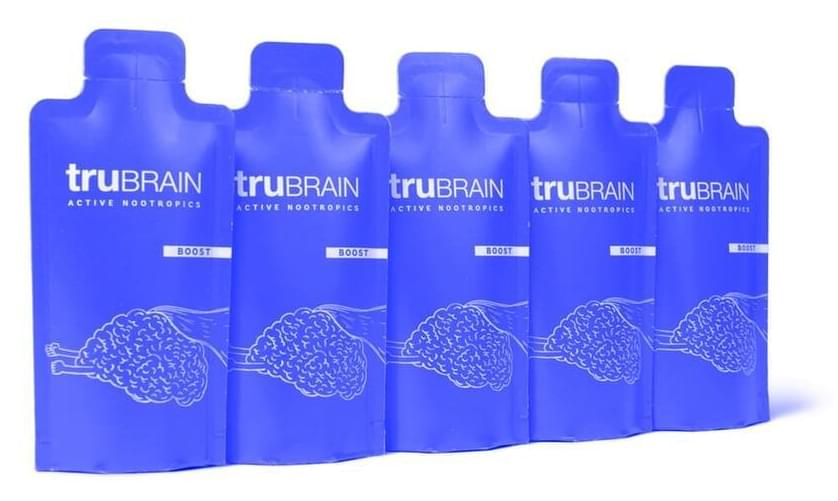A group of researchers were able to alter the genes of unfertilized mice embryos so that it could create offspring without male sperm.




Supplement companies often market nootropics like they’re some kind of new scientific discovery. However, human beings have been using nootropics to boost mental performance for millennia. What’s different now is that scientists actually understand how nootropics work, and which ones have synergistic interactions with each other.
This new understanding is what helped TruBrain create Brain Food.
Brain Food is a nutritional supplement that has been methodically engineered by TruBrain’s team of scientists to create the biological conditions necessary for peak cognitive performance. Like a lot of other nootropic supplements, Brain Food contains the so-called “everyman stack” of caffeine and l-theanine, a combo humans have been taking for thousands of years in the form of green tea.

Researchers at the Stanford University School of Medicine say that they were able to treat depression in patients by stimulating their brains with magnets.
In a study published on Friday 0, the researchers found that nearly 80 percent of patients had experienced remission of their depression after the procedure, which is called Stanford neuromodulation therapy (SNT). The technique is a modified form of transcranial magnetic stimulation (rTMS) and works by delivering high doses of magnetic pulses into a patient’s brain with a device containing magnetic coils placed outside of their skull.
The treatment takes just five days and is customized to each patient based on an MRI scan which shortens the typical timeline of rTMS treatment from a span of weeks into days.


In a pilot human study, researchers from the University of Minnesota Medical School and Massachusetts General Hospital show it is possible to improve specific human brain functions related to self-control and mental flexibility by merging artificial intelligence with targeted electrical brain stimulation.
Alik Widge, MD, Ph.D., an assistant professor of psychiatry and member of the Medical Discovery Team on Addiction at the U of M Medical School, is the senior author of the research published in Nature Biomedical Engineering. The findings come from a human study conducted at Massachusetts General Hospital in Boston among 12 patients undergoing brain surgery for epilepsy—a procedure that places hundreds of tiny electrodes throughout the brain to record its activity and identify where seizures originate.
In this study, Widge collaborated with Massachusetts General Hospital’s Sydney Cash, MD, Ph.D., an expert in epilepsy research; and Darin Dougherty, MD, an expert in clinical brain stimulation. Together, they identified a brain region—the internal capsule—that improved patients’ mental function when stimulated with small amounts of electrical energy. That part of the brain is responsible for cognitive control—the process of shifting from one thought pattern or behavior to another, which is impaired in most mental illnesses.

READER QUESTION: If humans don’t die out in a climate apocalypse or asteroid impact in the next 10,000 years, are we likely to evolve further into a more advanced species than what we are at the moment? Harry Bonas, 57, Nigeria
Humanity is the unlikely result of four billion years of evolution.
From self-replicating molecules in Archean seas, to eyeless fish in the Cambrian deep, to mammals scurrying from dinosaurs in the dark, and then, finally, improbably, ourselves—evolution shaped us.


Ford and Purdue University researchers have developed a new, patent-pending charging system that solves one of the biggest problems with electric vehicles. Of course, we’re talking about the charging time it takes to top off a battery versus spending a few minutes at a gasoline pump.
Aside from range, charging time is one of the biggest problems for current electric vehicles. There’s plenty to love about EVs, but having to sit for 20–30 minutes and wait for the battery to recharge isn’t ideal, which is why Ford’s new cooling cables promise to recharge an electric vehicle in roughly 5-minutes.
Even with DC fast charging appearing at more Tesla stations, most vehicles with ideal battery, charger, and cable conditions still take upwards of at least 20 minutes. The video below explains how most Tesla systems can handle upwards of 520 amps of current, which is quite a lot. However, Ford and Purdue can deliver over 2,400 amps to their vehicles, resulting in drastically faster charging times.
